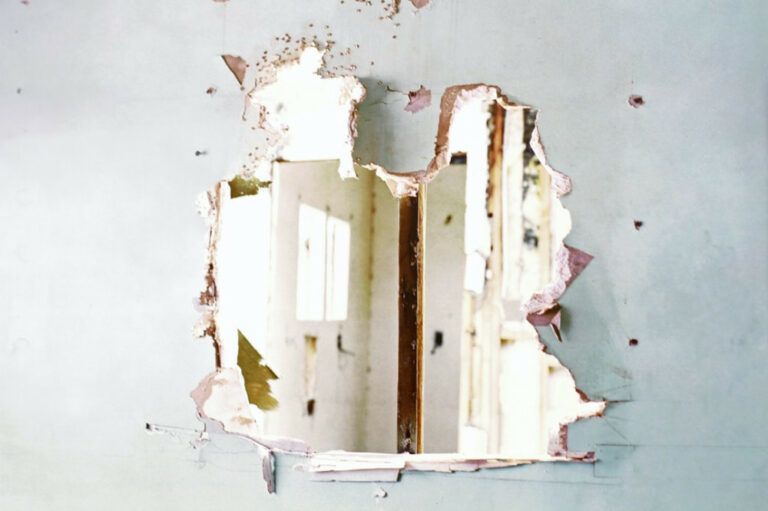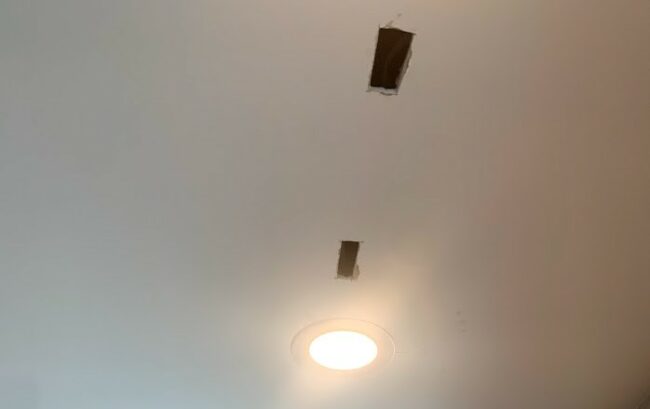DIY Guide: Learn How to Fix a Hole in Your Wall with These Simple Steps
Have you ever accidentally created a hole in your wall? Perhaps you moved some furniture or hung up a picture, and before you knew it, there was a gaping hole in your drywall. Don’t worry; it’s a common problem that can be fixed with a few simple steps. In this DIY guide, we’ll teach you how to fix a hole in your wall quickly and easily, without breaking the bank.
Materials You’ll Need
Before we start, let’s look at the materials you’ll need for this project. You’ll need:
- Spackle or joint compound
- Sandpaper (both coarse-grit and fine-grit)
- Putty knife
- Patching tape or mesh
- Paint and paintbrush
Now that you have your materials, let’s get started.
Step 1: Prepare the Hole
The first step in fixing a hole in your wall is to prepare the hole. Use a putty knife to remove any loose or damaged drywall around the hole. If the hole is larger than a few inches in diameter, use a saw to cut the hole into a square or rectangular shape. This will make it easier to patch the hole later on.
Step 2: Apply Patching Tape or Mesh
After you’ve prepared the hole, it’s time to apply patching tape or mesh. This will help reinforce the area and prevent the spackle or joint compound from cracking. Apply patching tape or mesh over the hole, making sure it is slightly larger than the hole itself.
Step 3: Apply Spackle or Joint Compound
Once the patching tape or mesh is in place, it’s time to apply spackle or joint compound. Use a putty knife to apply the spackle or joint compound over the patching tape or mesh. Start by applying a thin layer of spackle or joint compound and allow it to dry completely before applying another layer. Repeat this process until the hole is completely filled in and smooth.
Step 4: Sand the Area
After the spackle or joint compound has dried completely, use sandpaper to smooth out the area. Start with a coarse-grit sandpaper and gradually work your way up to a finer-grit sandpaper. Sand the area until it’s smooth and level with the surrounding wall. Be sure to wipe away any dust or debris with a clean cloth.
Step 5: Paint the Wall
Once the area is smooth, it’s time to paint the wall. Use a paintbrush to apply paint to the patched area, blending it with the surrounding wall. Allow the paint to dry completely before applying a second coat if necessary.
Additional Tips
Here are a few additional tips to keep in mind when fixing a hole in your wall:
- Be patient: It’s important to let each layer of spackle or joint compound dry completely before applying the next layer. Rushing the process could result in an uneven or bumpy surface.
- Don’t skimp on sanding: Sanding is a crucial step in creating a smooth surface. Take your time and make sure you sand the area thoroughly before painting.
- Use the right paint: Make sure you use the same type and color of the paint as the surrounding wall to ensure a seamless repair.
Conclusion
Fixing a hole in your wall may seem like a daunting task, but with the right tools and a little bit of know-how, it’s a DIY project that can be accomplished in a few simple steps. By following the steps outlined in this DIY guide, you’ll be able to fix a hole in your wall and have it looking as good as new in no time. With a little patience and attention to detail, your



